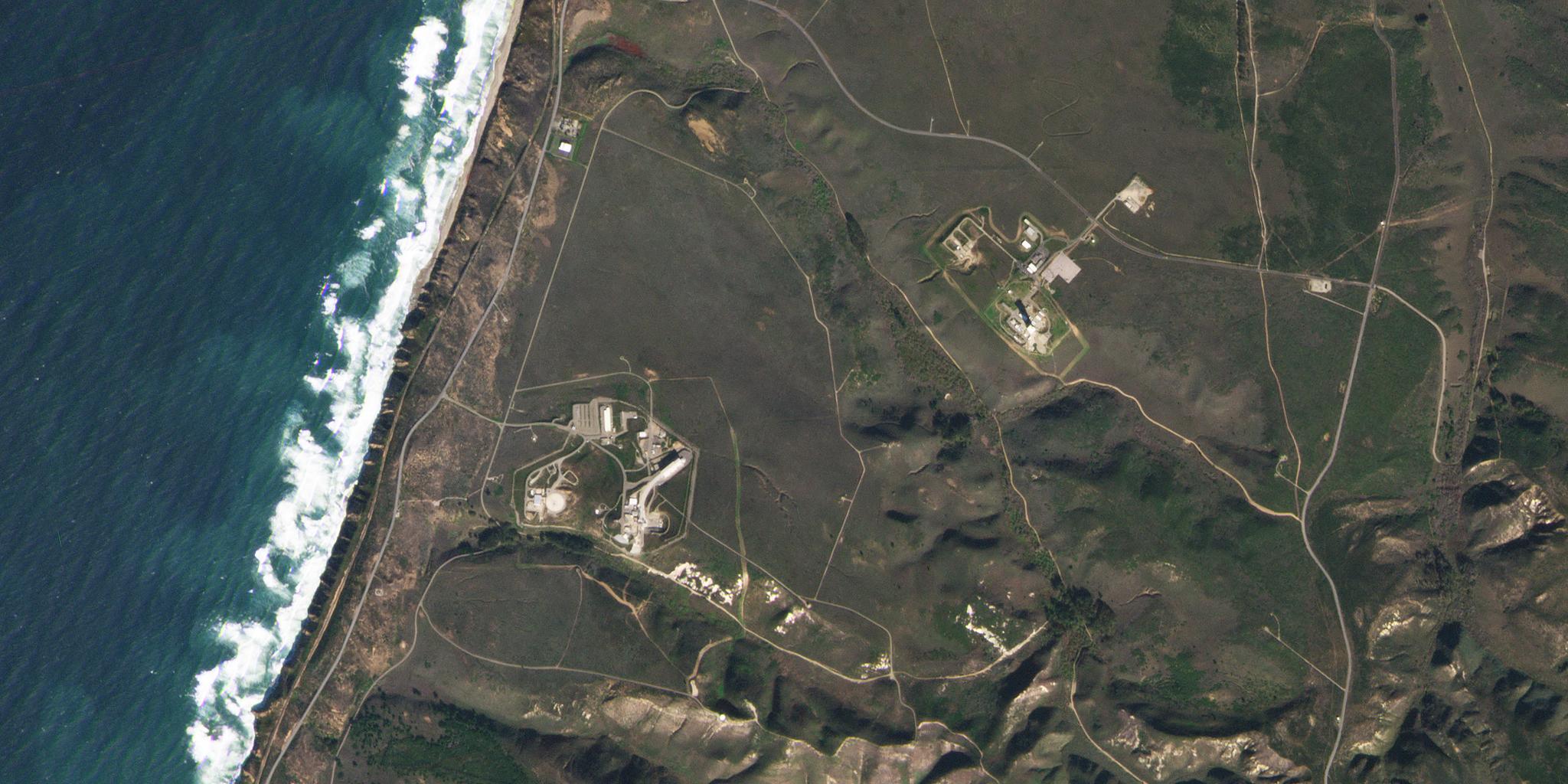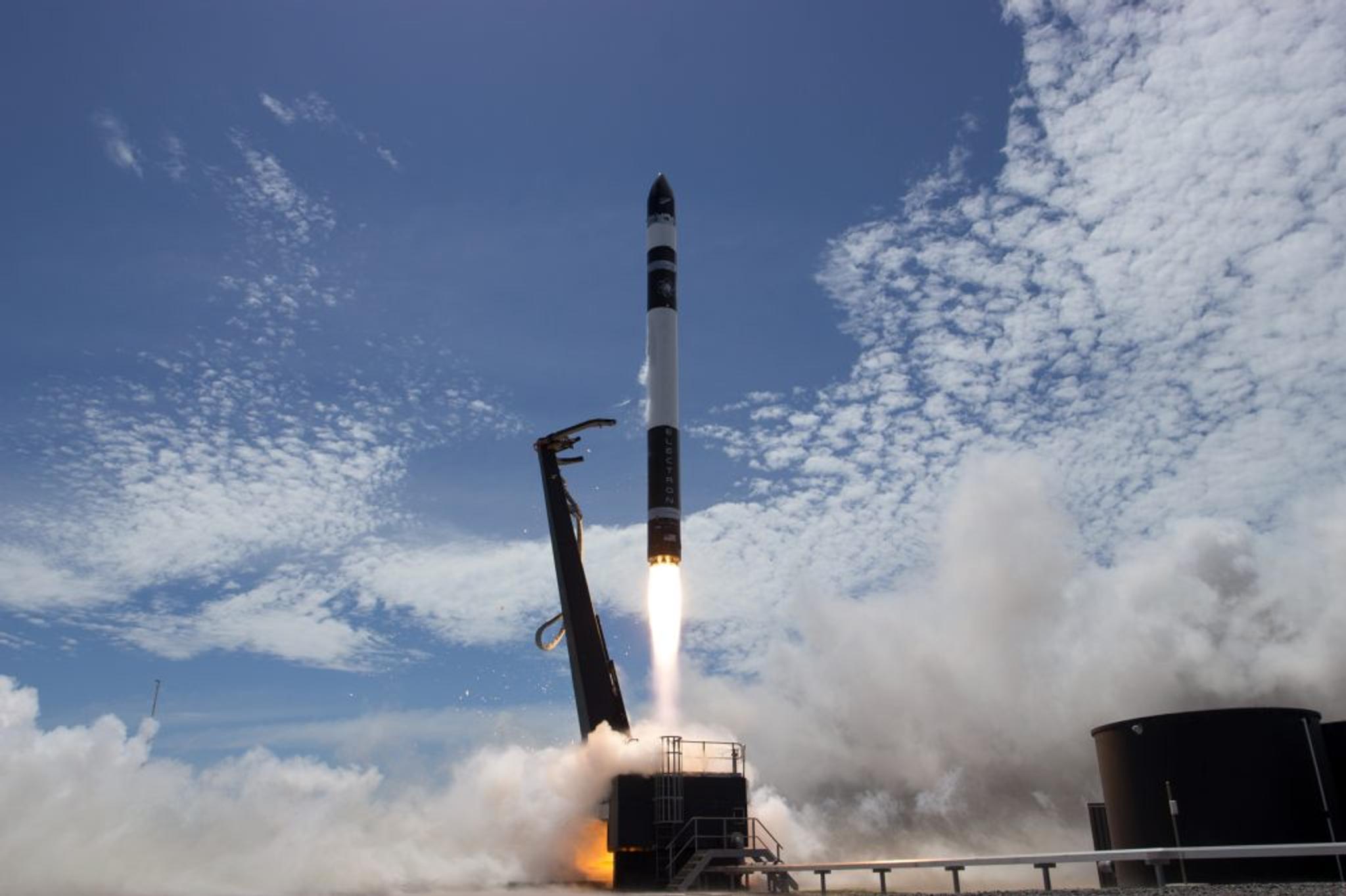Rocket Launch Trends Roaring into the 2020s

SpaceX launch and landing facilities at Vandenberg Air Force Base. © 2020, Planet Labs Inc. All Rights Reserved.
TechIt’s never been easier to launch satellites into space, and things are only getting better for satellite operators. A multitude of launch vehicles and orbits are available to satellite missions ranging from Kickstarter-funded garage efforts to serious commercial endeavours. Today, we’re recapping some of the most important launch trends of the last decade and reflecting on how they’ll evolve in the 2020s. ISS as a Launch Platform The International Space Station (ISS) is one of the most steady and reliable launch destinations in Low Earth Orbit. Over the last decade, there was an average of almost nine cargo flights per year to the ISS, mostly on U.S. and Russian launch vehicles. Those cargo flights carry science equipment and supplies for astronauts, but there is often additional capacity to squeeze in a handful of small satellites as well. Between 2014 and 2016, Planet alone launched over 150 Dove satellites to the ISS across nine separate flights. While there are some drawbacks to launching via the ISS, including a low drop-off altitude of about 400 kilometers—translating to shorter orbital lifetimes for the satellites, there are still many satellite missions like university projects and commercial research and development missions that are well matched to those orbital conditions. The ISS will continue to be an important launch platform in the coming decade, especially with the soon-to-be-installed commercial airlock called Caber (designed by NanoRacks) that should further ease the process. [video mp4="https://storage.googleapis.com/corpeng-pulse-assets/uploads/2020/01/iss40_stable_05.mp4"][/video] Two Dove satellites deployed from the ISS (Video: NASA)The Rise of the Nano-launch Another major trend of the last decade that shows few signs of slowing down is the development of nano-launchers—launch vehicles sized to serve the needs of the small satellite market. As 2019 came to a close, the vast majority of nano-launchers had still yet to get off the ground despite earlier projections. Carlos Neiderstrasser of Northrop Grumman, an aerospace and defense technology company, keeps a list of over 100 efforts from all around the world, including several projects that have already had to close shop; but there is a clear market consensus that there is a need for such launch capacity. What is less clear is exactly which efforts will ultimately be successful and how many nano-launchers the market has room for. Rocket Lab, based in the U.S. and New Zealand, is the market leader with nine consecutive, successful launches under their belt at present, but there are a handful of nano-launchers set to debut in 2020. These range from private efforts such as Richard Branson’s Virgin Orbit, to the Indian Space Agency’s Small Satellite Launch Vehicle (SSLV), which will add even more tailor-made options for satellite operators to get into space in the coming years. [caption id="attachment_144496" align="aligncenter" width="1024"]


- 3D Printing: Launch vehicles are increasingly taking advantage of advances in additive manufacturing (aka 3D printing) to create more sophisticated and efficient launch systems. U.S.-based Relativity Space claims to have the world’s largest 3D metal printer and wants to print the entire rocket with that technology. Automated Flight Termination Systems: Launch companies are incorporating automated flight termination systems (AFTS), rather than a team of launch range support operators with the proverbial “finger on the button,” to safely destroy their rockets if something goes wrong during launch. Reducing the number of humans in the loop can significantly decrease the cost of each launch campaign.
- Starting to Spin Up: While most nano-launch companies are developing tweaks to classic rocket designs, SpinLaunch is attempting a fundamentally different approach by using a vacuum-sealed centrifuge to give its rockets the initial boost required to get past the thickest part of the atmosphere. There’s still a lot of work to be done to get the system operational, but if successful, the company could bring a paradigm shift to how small satellites get to orbit.
- Disruption to Aviation: The Washington Post put together a beautiful animation showing how a rocket launch can disrupt flight patterns for civil aviation. This is an issue that is projected to get worse as the number of launches per year continues to grow.
[caption id="attachment_144500" align="aligncenter" width="2560"]

- Continued Ban on Chinese Launch: While export regulations related to satellites and launch vehicles have been relaxed in some ways over the last decade, the U.S. government has continued its unwavering ban on any American satellite (or satellite containing U.S. components) launching on Chinese rockets. China launched more rockets than any other country in 2019 and seems to be on a similar pace for 2020, so this is a major part of the launch market for American companies to be missing out on. It’s worth remembering that there was a time when it was unthinkable that U.S. satellites would be launching on Soviet intercontinental ballistic missiles, which is now common practice. So perhaps there is some hope further down the road (just don’t hold your breath).
- Spring Cleaning: Planet launches its satellites to such low orbits that after a handful of years of operations, the orbits naturally decay and the satellites burn up in the atmosphere. For satellites launched to higher orbits, they can linger there for decades or centuries as “space junk” and pose a collision risk for operational satellites. Companies like Astroscale, SSTL and ClearSpace are developing technologies that can actively retrieve that pesky junk, including both defunct satellites and spent rocket bodies.
Want to learn more about how Planet navigates the various launch options available on the market? See here for an earlier post describing how we maintain a diversified launch manifest, and be sure to follow us on Twitter (@planetlabs) for updates about our upcoming launches.

Ready to Get Started
Connect with a member of our Sales team. We'll help you find the right products and pricing for your needs

